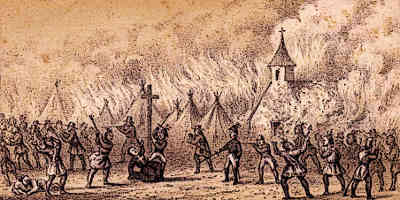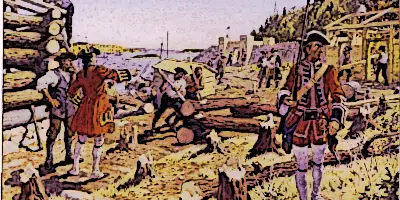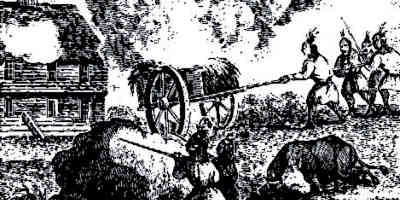Dummer’s War
Dummer's War was fought between the New England colonies and the Wabanaki Confederacy Read more about the Dummer’s War >>
Father Le Loutre’s War
Father Le Loutre's War was a military conflict that took place in the mid-18th century in North America Read more about the Father Le Loutre’s War >>
King Philip’s War
King Philip's War was a conflict between European settlers and Native Americans in the Colonial Period Read more about the King Philip’s War >>


